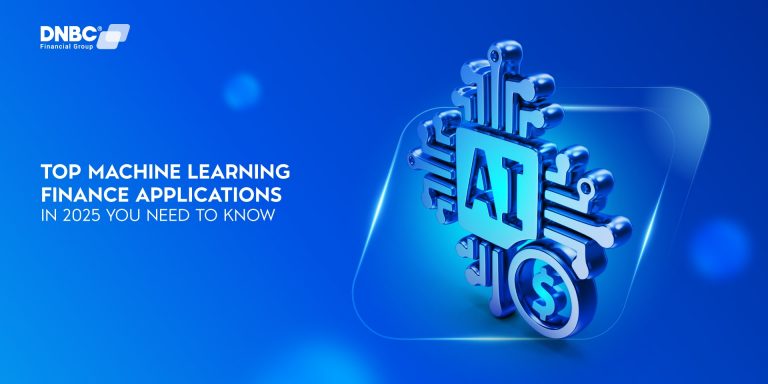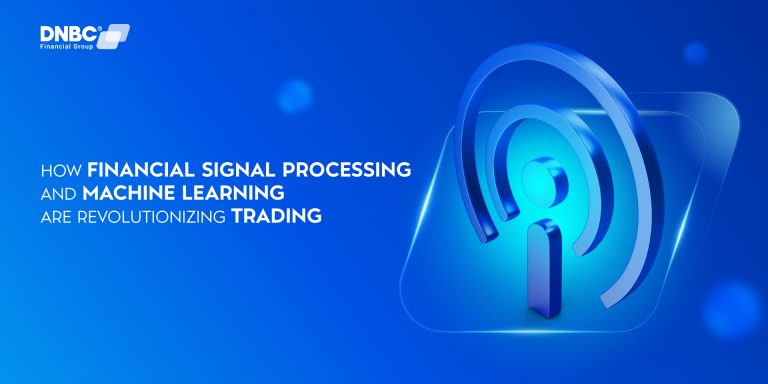The financial industry is evolving rapidly, and machine learning (ML) is at the core of this transformation. From fraud detection to algorithmic trading, machine learning applications in finance have greatly improved efficiency, security, and decision-making processes.
According to a PwC report, AI and Machine learning finance applications are expected to contribute up to $1.2 trillion to the global banking industry by 2030. Additionally, Gartner predicts that 70% of financial firms will adopt AI-driven decision-making by 2025.
In this article, we explore 7 top machine learning finance applications and how they are shaping the future of banking, investing, and financial security.
1. Machine learning finance applications: Fraud detection & prevention
Financial fraud is a big global issue, with the Association of Certified Fraud Examiners (ACFE) reporting annual losses of $42 billion.
Fraudulent activities, such as identity theft, credit card fraud, and phishing scams, are becoming increasingly sophisticated, making traditional detection methods less effective.

Machine learning (ML) has emerged as a powerful tool to combat fraud by analyzing vast amounts of data and identifying patterns that humans or rule-based systems might miss.
- Real-Time Anomaly Detection: ML models can process thousands of transactions per second, flagging unusual patterns such as unexpected large withdrawals, transactions in unfamiliar locations, or irregular spending behavior. For instance, if a customer typically makes small purchases in their home country but suddenly initiates a high-value transaction abroad, the system can flag this as suspicious.
- Predictive Risk Modeling: By learning from historical fraud data, ML algorithms can predict future fraudulent activities. These models continuously improve as they are exposed to more data, making them highly effective in identifying emerging fraud tactics.
- Adaptive Learning: Fraudsters constantly evolve their methods, but ML systems adapt in real-time. They learn from new fraud patterns and update their detection mechanisms accordingly, ensuring that financial institutions stay ahead of criminals.
2. Algorithmic trading & stock market predictions
The financial markets are highly dynamic, with millions of trades executed every second. According to Statista, AI-driven algorithmic trading is expected to handle 80% of stock market trades by 2030.
Machine learning plays a pivotal role in this transformation, enabling traders to make data-driven decisions with unparalleled speed and accuracy.
- High-Frequency Trading (HFT): ML algorithms can execute trades in milliseconds, capitalizing on minute price fluctuations that humans cannot detect. This ensures maximum efficiency and profitability.
- Sentiment Analysis: ML models analyze vast amounts of unstructured data, such as financial news, social media posts, and earnings reports, to gauge market sentiment.
- Risk Management: AI-based models optimize portfolios by balancing risk and return. They assess market conditions, historical data, and macroeconomic indicators to make informed decisions, minimizing potential losses.
3. Credit scoring & loan approval
Traditional credit scoring models rely on limited data, such as credit history and income, often excluding individuals with thin credit files. Machine learning offers a more inclusive and accurate approach to credit assessment, enabling financial institutions to serve a broader customer base.

- Analyzing Alternative Data: ML models consider non-traditional data points, such as utility bill payments, rent history, and even social media activity, to assess creditworthiness. This is particularly beneficial for individuals in underserved regions or those without a formal credit history.
- Better Risk Prediction: By analyzing vast datasets, ML algorithms can predict the likelihood of loan repayment more accurately than traditional models. This reduces the risk of defaults and improves profitability for lenders.
- Faster Loan Approvals: ML automates the loan approval process, reducing processing time from weeks to minutes. This enhances customer experience and allows lenders to serve more clients efficiently.
4. Customer service & chatbots in transactions
Customer service is a critical component of the payment experience. According to Juniper Research, AI chatbots handle 90% of customer interactions in banking, greatly reducing costs and improving efficiency. This is one of the typically deep learning applications in finance.

- 24/7 Virtual Assistance: AI-powered chatbots provide instant support for account inquiries, transaction history, and fund transfers, ensuring that customers receive assistance at any time.
- Personalized Financial Advice: By analyzing user spending habits, AI can offer tailored savings and investment suggestions, helping customers achieve their financial goals.
- Voice Recognition & AI Assistants: Voice-activated assistants like Siri, Google Assistant, and Alexa now support banking transactions, enabling users to check balances or make payments through simple voice commands.
5. Risk management & market forecasting
Financial institutions face significant risks due to market volatility and economic uncertainty. Machine learning mitigates these risks by providing accurate predictions and actionable insights.
- Predicting Economic Downturns: AI models analyze macroeconomic indicators, such as GDP growth, unemployment rates, and inflation, to predict recessions and market downturns.
- Portfolio Optimization: ML algorithms adjust asset allocation based on real-time risk assessment, ensuring that portfolios remain balanced and profitable.
- Credit Risk Evaluation: ML assesses a borrower’s ability to repay loans more accurately, reducing the risk of defaults.
6. Anti-Money laundering (AML) compliance
Financial institutions spend over $8 billion annually on AML compliance, according to a report by LexisNexis. Machine learning streamlines this process, making it faster and more effective.
- Identifying Suspicious Transactions: AI detects unusual money movements, such as large transfers to high-risk countries, with greater accuracy.
- Reducing False Positives: ML minimizes unnecessary transaction blocking, ensuring that legitimate transactions are not delayed.
- Automated Regulatory Reporting: AI automates the generation of compliance reports, reducing manual effort and ensuring adherence to global regulations.
7. Personalized banking & investment recommendations
AI-driven financial services are revolutionizing the way customers manage their money by offering personalized solutions.

- Personalized Investment Portfolios: AI customizes investment plans based on user risk tolerance, financial goals, and market conditions.
- Automated Budgeting: AI-powered apps categorize spending and suggest saving strategies, helping users manage their finances more effectively.
- Robo-Advisors: AI-based financial advisors provide low-cost investment guidance, making wealth management accessible to a broader audience.
Machine learning is transforming the financial industry, from fraud detection and credit scoring to personalized banking and risk management.
By integrating advanced ML algorithms with innovative payment solutions like DNBC Global Account, financial institutions can enhance security, efficiency, and customer satisfaction.
For businesses engaged in cross-border trading, DNBC Global Account provides a seamless way to handle international payments, offering competitive exchange rates and fast, secure transactions across 150+ countries. Businesses and individuals can manage funds in 23+ currencies, making international investments more accessible and cost-effective.
Businesses and individuals can enjoy AI-enhanced financial services with fast and secure international transactions and personalized account management.
DNBC Global Account provides a secure platform for managing funds while minimizing currency exchange risks, helping businesses operate smoothly in volatile markets.
DNBC Financial Group is your trusted provider in international money transfer
- Get 100% free 1-on-1 support
- 100% free account opening
- Seamless onboarding process
Or please contact DNBC
![]() Email: [email protected]
Email: [email protected]
![]() Phone Number:
Phone Number:
- +65 6572 8885 (Office)
- +1 604 227 7007 (Hotline Canada)
- +65 8442 3474 (WhatsApp)



 DNBC Team
DNBC Team






